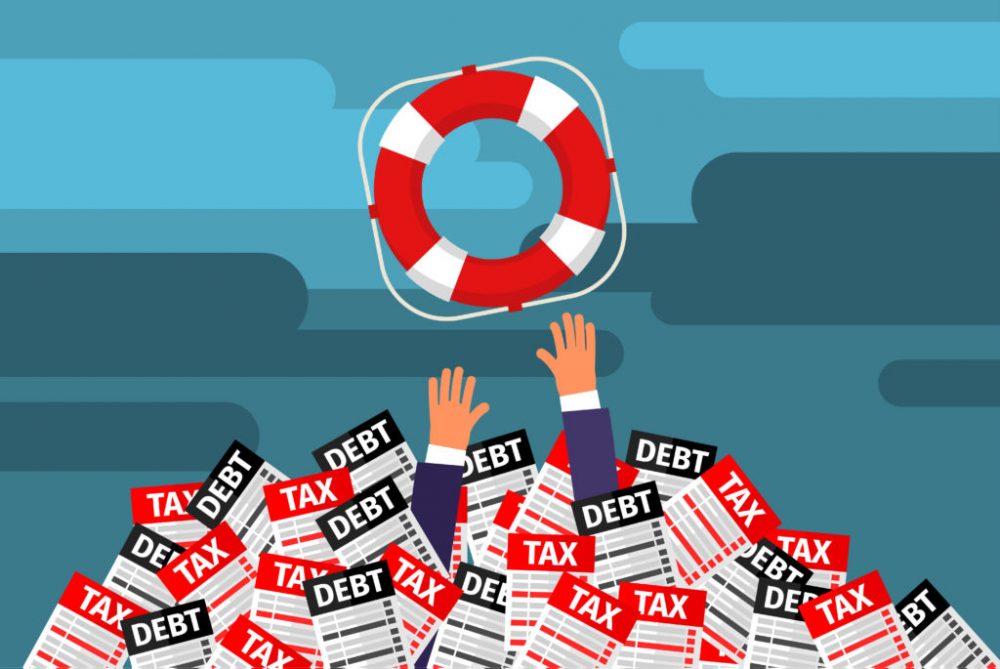There are many reasons why individuals and households find themselves in a non-viable financial situation. Perhaps you have made poor economic decisions in the past, or perhaps you have had some bad luck when it comes to your investments. You may have even lost your job and are now struggling to repay your debts without a stable income.
Regardless of the reasons, there is hope for those who are struggling with an excessive debt burden. Debt relief is a catch-all term for a variety of options that are available for those who need some help to ease this pressure. Knowing what your choices are when it comes to escaping from the debt trap will help you secure a healthier financial future.

If you are considering this route, let’s look at some of the basics of the debt relief process to clarify any questions you might have.
Credit Counselling
One of the best places to start for more minor credit emergencies is credit counseling. Rather than involving any rearrangement of your actual debts, credit counseling aims to teach individuals to manage their money in a more feasible way. If you have little experience of working with a budget, this may be a great option for you. Credit counselors will be able to take an objective look at your spending habits and propose ways that you can focus your funds more effectively on debt reduction.
Debt Consolidation
If you struggle with repaying multiple debts to multiple lenders, then you will benefit from exploring debt consolidation options. While it may seem counterintuitive, debt consolidation involves taking out another loan in order to pay back all, or most, of your outstanding debts. This will let you get rid of some of the loans you have collected that have untenable interest rates or high monthly payments. Best of all, you will only have a single bill to repay each month, which will make it easier to remember.
Debt Settlement
Debt settlement is a bit more serious than the two options outlined above. It involves approaching a company to negotiate with your lenders in order to remove some of your debt. Naturally, you will have to pay the company for this service. To make the matter more uncertain, it is important to remember that your lenders are not obligated to negotiate, so these efforts may be in vain. Be sure to be mindful of the fact that your credit score will also take a hit that will stick for several years afterward.
Bankruptcy
Bankruptcy is the nuclear option when it comes to debt relief. While there are serious consequences when filing for bankruptcy, it will remove much of your debt burden.
If your financial situation is truly impossible to break out of, and you see no likely improvement in this situation in the next several years, even when considering the options outlined above, then it is time to seriously consider this option. Be aware that your credit score will be seriously impacted after bankruptcy. Naturally, lenders will be wary of providing credit to someone who was not able to repay their loans in the past.
Discuss Your Options
Once you have a solid idea of the basics of these debt-relief options, you will be able to move forward to open a dialogue with a financial advisor or a credit counselor. They will be able to help you choose the best route for your financial circumstances.
While being faced with these options is not easy, they are the first steps towards working to make your financial future a bit brighter.